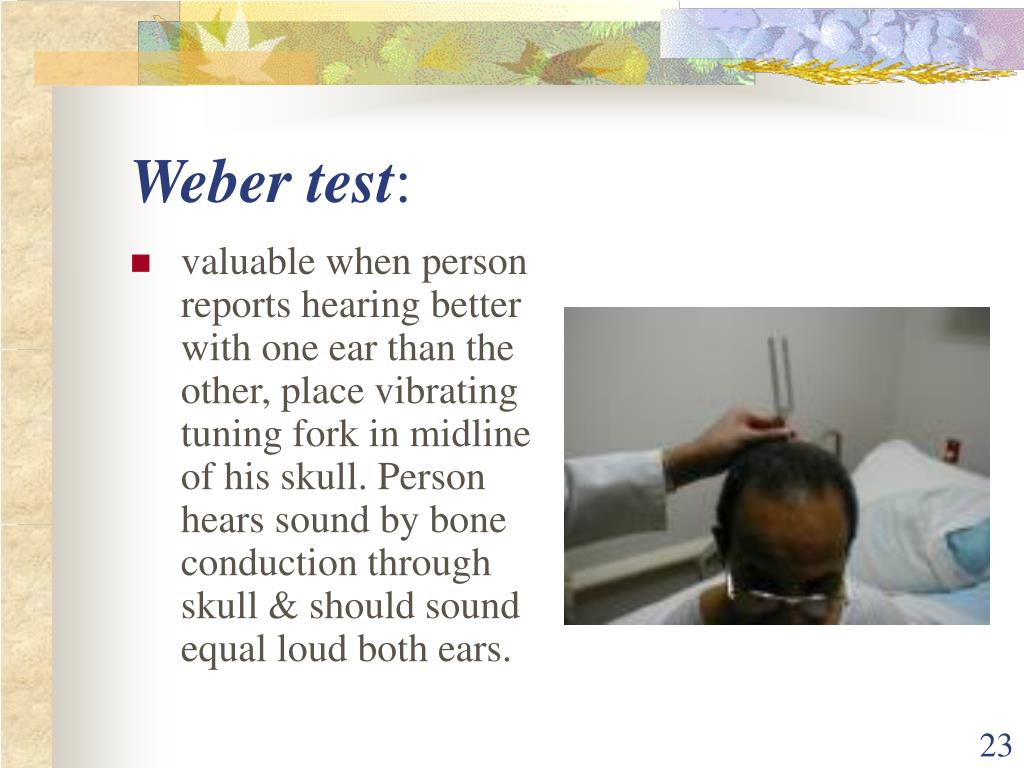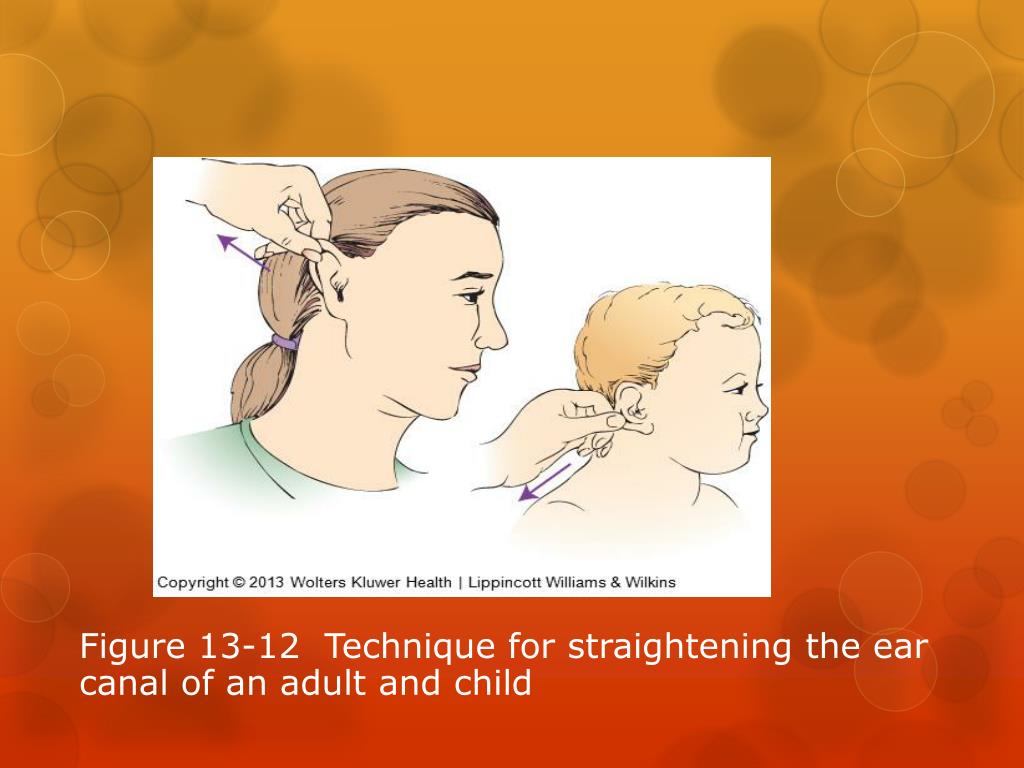
The Weber Test determines which part of the ear is related to the hearing loss. On the other hand, sensorineural hearing loss is where the sound does not lateralize to the affected ear, but instead, the sound is louder in the unaffected ear.

Unilateral conductive hearing loss is a type of hearing loss where the sound coming from the tuning fork lateralizes to the affected ear, which means that the sound is louder in the affected ear. The test is designed to gauge a patient’s hearing loss using a tuning fork to see if the hearing loss is unilateral conductive or sensorineural. It is one of the most reliable audiological assessments since it has withstood the test of time and is still being used today.

People with sensorineural hearing loss speak loudly, because they can’t hear themselves.The Weber Test is an audiological clinical assessment developed by Ernst Heinrich Weber over a century ago. Have you noticed how we whisper during airplane descents (conductive loss due to Eustachian Tube dysfunction).Something to Notice People with conductive hearing loss speak quietly (because they hear themselves so well). Rinne - Right Ear: BC > AC Left Ear: AC > BCĢ.Decreased hearing on Right (by whisper test or audiometry).If there’s a hearing deficit in an ear, but no conductive deficit, then the hearing disorder is sensorineuralĬlinical Scenarios 1.If AC > BC, there’s no conductive deficit.If BC > AC (or if BC = AC), there’s a conductive deficit in that ear.

** Air conduction (AC) is normally greater than bone conduction (BC)
If #1 is louder, bone is greater than air (BC > AC). If #2 is louder, air conduction is greater than bone (AC > BC). Then place prongs by external auditory meatus (entrance to canal), say “This is TWO’.”. Strike fork hard, place handle on pt’s mastoid (prongs facing back), say “This is ‘ONE’.”. Instruct pt., “Tell me which is louder, ‘ONE’ or ‘TWO’.”. From there to the cerebral cortex, any sensorineural deficit results in less sound. If there’s no conductive deficit, vibrations arrive equally at both cochlea. ** Vibration heard worse in (“lateralizes away from”) ear w/ sensorineural loss. You’ll hear it best in the ear with finger (conductive deficit) Try it: Stick a finger in one ear and Hum. So bone conduction (tuning fork on skull) is heard very well on the other side, which is still able to pick up ambient sounds, the noise is perceived as less loud. Since ambient airwaves can’t get through the conductive obstruction, the nervous system sensitizes that cochlea to amplify sound on that side. Chart: “Weber lateralizes to _” (or “Weber: no lateralization”) ** Vibration is heard better in (“lateralizes to”) ear with conductive loss Ask, “Do you hear it better on the Right, better on the Left, or equally in Both ears?”Ĥ. Strike fork hard, Place vibrating fork on the skullģ. tuning fork & explain, “I’m going to put this on your head & you’ll hear a buzz.”Ģ. These include was in canal, large TM perforations, middle ear effusions (infections or sterile), middle ear masses (rare), Eustachian Tube dysfunctionġ. Conditions interfering with normal air conduction cause a “conductive hearing loss.”. Internal vibrations resonate through the cranium, are picked up directly by the cochlea.Īir Conduction (AC) is normally at least twice as loud as Bone Conduction (BC). Bone conduction: How we hear ourselves talk. Vibrations are picked up by the middle ear ossicles, transmitted to the cochlea. Airwaves travel through the external auditory meatus, down the canal to the TM. Air conduction: How we hear the world. 
There are 2 pathways by which sound waves reach the cochlea, which then sends impulses down the 8 th cranial nerve to the brain’s auditory cortex:








 0 kommentar(er)
0 kommentar(er)
